
References
5
Content
1. Introduction............................................................................................................................................... 1
1.1. Purpose and significant............................................................................................................... 1
1.2. Lamb wave.................................................................................................................................... 2
1.3. Mode conversion.......................................................................................................................... 3
1.4.Attenuation of acoustic wave with droplet................................................................................. 4
2. Experiment mechanism and equipment.............................................................................................. 6
2.1. Sensor fabrication........................................................................................................................ 6
2.1.1. Sensor for droplet size detection.................................................................................... 7
2.1.2. Sensors for detecting the position by wave reflection................................................. 8
2.2. Signal generation and detection.............................................................................................. 11
2.2.1. Function generator.......................................................................................................... 12
2.2.2. Ocilloscope...................................................................................................................... 12
2.3. Facilitated apparatus................................................................................................................. 13
3. Measurement and result....................................................................................................................... 16
3.1. Test for the stability of measurement system......................................................................... 16
3.2. Droplet size detection................................................................................................................ 18
3.2.1. Droplet deformation course monitered by acoustic wave......................................... 19
3.2.1.1. Influence of droplet viscosity.............................................................................. 20
3.2.1.2. Influence of substrate smoothness................................................................... 22
3.2.1.3. Influence of evaporation..................................................................................... 25
3.2.2. Droplet size detection by amplitude............................................................................. 26
3.2.2.1. Size detection for water droplet......................................................................... 26
3.2.2.2. Size detection for oil droplet............................................................................... 28
3.2.3. Droplet size detection by duration................................................................................ 29
3.2.3.1. Propagation duration measurement for water droplet................................... 29
3.2.3.2. Propagation duration measurement for oil droplet......................................... 30
3.2.4. The effect of position on droplet size measurement.................................................. 32
3.2.5. Temperature effect on droplet size detection.............................................................. 34
3.2.6. Error analysis and sensor limitation............................................................................. 38
3.3. Detection of droplet position by reflected acoustic wave..................................................... 39
3.3.1. Detection by Multi-plexer............................................................................................... 40
3.3.2. Detection of reflected acoustic wave........................................................................... 41
4. Measurement software......................................................................................................................... 45
4.1. About excel VBA......................................................................................................................... 45
4.2. Introduction to active DSO........................................................................................................ 46
4.3. Measurement program.............................................................................................................. 47
4.3.1. Interface of the software................................................................................................ 47
4.3.2. Program flow................................................................................................................... 48
5. Conclusions and outlook...................................................................................................................... 52
Ackownledgements................................................................................................................................... 53
References.................................................................................................................................................. 53
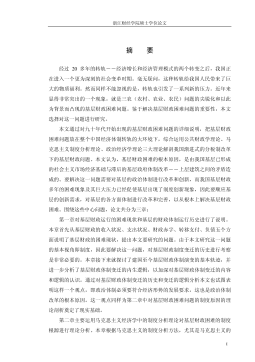
 2024-09-20 25
2024-09-20 25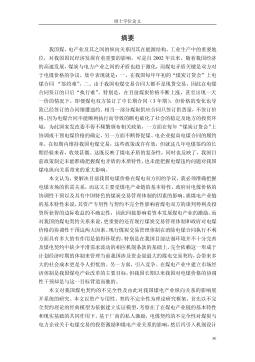
 2024-09-20 23
2024-09-20 23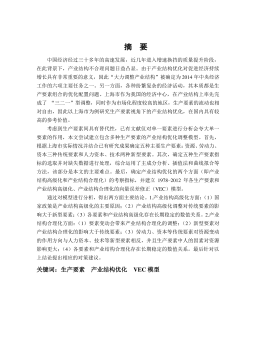
 2025-01-09 6
2025-01-09 6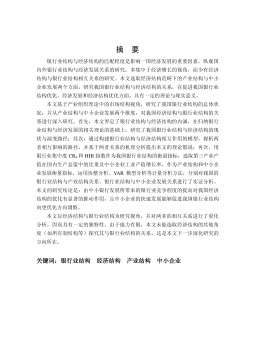
 2025-01-09 7
2025-01-09 7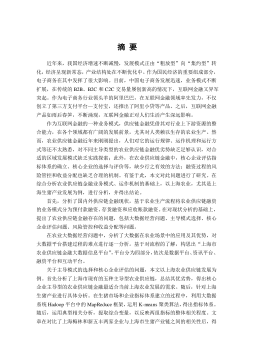
 2025-01-09 6
2025-01-09 6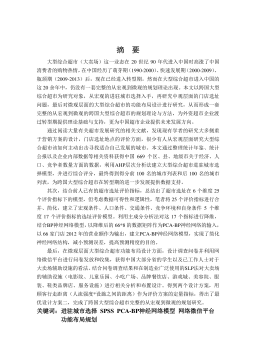
 2025-01-09 6
2025-01-09 6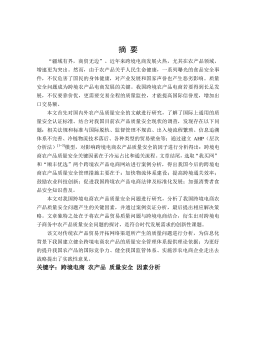
 2025-01-09 6
2025-01-09 6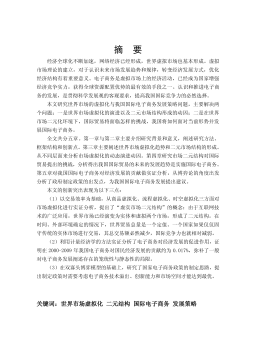
 2025-01-09 6
2025-01-09 6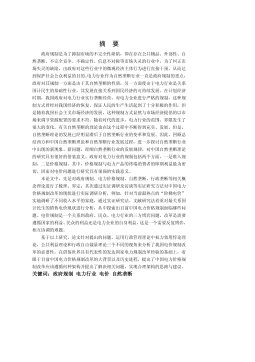
 2025-01-09 6
2025-01-09 6
 2025-01-09 11
2025-01-09 11









